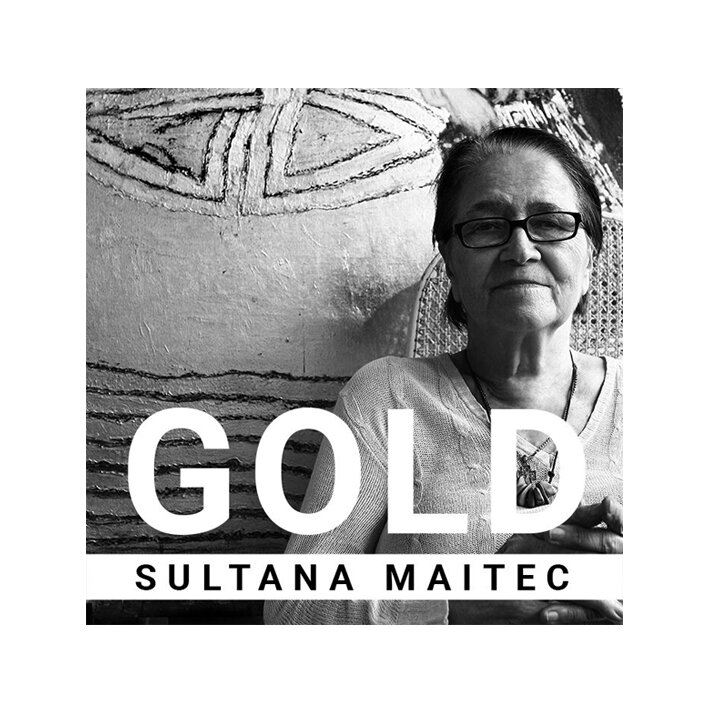WOOD
An atemporal monumentality, combined with an obvious connection to the experiments of the Western post-war neo-avant-garde: it was between these two milestones that Ovidiu Maitec was to move, managing to reconcile the archaic force of his material, wood, and the fascination with the technical revolution of the contemporary world. But in contrast to the cold, industrial forms of inserting technology into sculpture, as in American minimalism, for example, Maitec chooses a soft approach, in which the conjunction of primal forms and technical innovation is fluid and natural
ABOUT Ovidiu Maitec
Renowned today as one of the most important Romanian sculptors after Brancusi, Ovidiu Maitec succeeded, as Mircea Eliade pointed out, “to insert light in the material”: although trained at the realist figurarive school of the 50s in Romania, after a series of travels which changed completely his vision on art, he introduced, at the beginning of the 60s, the rhythmic perforations in wood: a highly original approach of cinetic sculpture and minimalist constructivism, which meant a unique innovation in post-war European art. Ovidiu Maitec has made his debut not in Bucharest, but in London, an exceptional start for an artist coming from beyond the Iron Curtain: he was supported by two names who made history in Great Britain in the field of arts: collector Jim Ede and gallerist Richard Demarco, and had other 4 solo shows in the UK and participated four times at the Venice Biennale. Today his works are in prestigious international collections, starting with Tate Gallery, Kettle’s Yard Museum, Museum of Contemporary Art Australia, FNAC, Paris, Richard Demarco Collection etc. The Romanian Revolution from 1989 meant for Ovidiu Maitec a personal tragedy: in the night before Christmas, as a consequence of the gunfight near the Romanian Television, he lost 70 works, his archive and library in a fire which devastated his studio. A new Maitec came out from ash, with a new vision, which, until the artist passed away in 2007, connected him to the latest paths of contemporay art.
OVIDIU MAITEC’s ARTWORKS
If you need more details about Ovidiu Maitec's artworks, for collaborations or aquisitions,
please don't hesitate to contact us











